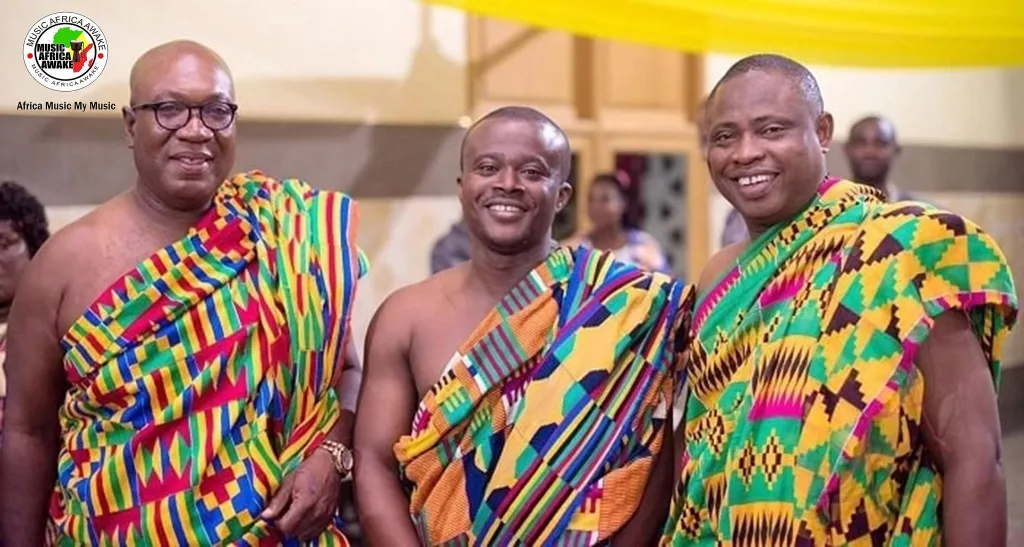
In a world where conformity often reigns supreme, the concept of subversiveness emerges as a provocative force challenging norms and stirring discourse. Subversion, rooted in the Latin word “subvert ere” meaning “to overthrow,” denotes a deliberate attempt to undermine or destabilize established systems, ideologies, or structures. It embodies a form of dissent that seeks not only to critique but also to deconstruct prevailing paradigms. This article delves into the essence of subversiveness, its manifestations across different domains, and its enduring impact on society.
Understanding Subversive Acts
At its core, subversion manifests through various means – from artistic expressions that defy conventional aesthetics to political movements challenging authoritarian regimes. It thrives on dissent and operates as a catalyst for change by exposing contradictions and injustices often overlooked by mainstream narratives. By subverting norms, individuals and groups challenge the status quo, prompting critical reflection and reevaluation of entrenched beliefs.
Cultural Subversion
In the realm of culture, subversive works of art, literature, music, and film defy societal expectations and norms. They provoke discomfort, raise awareness, and stimulate dialogue on contentious issues such as gender roles, race relations, and political ideologies. Artists like Banks, known for his politically charged graffiti, use their platform to critique power structures and advocate for social justice, often operating on the fringes of legality to amplify their message.
Literature, too, has a rich history of subversion. Authors like George Orwell with “1984” and Aldo’s Huxley with “Brave New World” employ dystopian narratives to critique totalitarianism and warn against the dangers of unchecked state power. These works challenge readers to question authority and envision alternative futures, making them powerful tools for societal introspection and change.
Political Subversion
In the political arena, subversion takes on a more overt form, with dissident movements and underground resistance challenging authoritarian regimes. Activists and revolutionaries throughout history have employed subversive tactics such as civil disobedience, clandestine publications, and grassroots organizing to mobilize dissent and resist oppression. The Civil Rights Movement in the United States, led by figures like Martin Luther King Jr., employed nonviolent resistance to challenge racial segregation and demand equality, catalyzing significant social and legislative changes.
Similarly, in contemporary contexts, digital activism and whistle blowing have emerged as potent forms of political subversion. Organizations like Wiki Leaks, through the release of classified documents, have exposed government misconduct and corporate malfeasance, sparking global debates on transparency, accountability, and privacy rights.
Subversion in Technology and Media
Advancements in technology and the proliferation of social media platforms have democratized access to information and facilitated new avenues for subversive expression. Online communities and digital spaces serve as incubators for dissenting voices and alternative narratives challenging mainstream discourse. Movements such as #Me Too and Black Lives Matter harness the power of social media to amplify marginalized voices, mobilize public opinion, and catalyze societal change.
Furthermore, digital art forms and interactive media provide platforms for subversive storytelling and immersive experiences that challenge audience perceptions and societal norms. Video games like “Papers, Please” and “This War of Mine” explore themes of authoritarianism, moral ambiguity, and the human cost of conflict, offering players opportunities to engage critically with complex sociology-political issues.
The Power and Controversy of Subversion
While subversion can catalyze progressive change and amplify marginalized voices, it also invites controversy and resistance from entrenched power structures. Governments and institutions often perceive subversive acts as threats to stability and authority, leading to censorship, surveillance, and repression of dissent. Artists, activists, and journalists who challenge the status quo risk persecution and retaliation, underscoring the inherent risks associated with subversive endeavors.
Conclusion: Embracing the Subversive Spirit
In conclusion, the subversive spirit serves as a vital force for societal progress and cultural evolution. By challenging established norms, beliefs, and power structures, subversive acts provoke critical dialogue, inspire collective action, and pave the way for trans formative change. While facing obstacles and resistance, subversive movements and individuals continue to shape the cultural and political landscapes, forging paths towards greater equity, justice, and freedom.
In embracing the subversive, we acknowledge its capacity to disrupt complacency, challenge injustice, and redefine possibilities. As we navigate an increasingly complex and interconnected world, the subversive spirit reminds us of the enduring power of dissent and the imperative of questioning prevailing truths to envision a more inclusive and equitable future.






